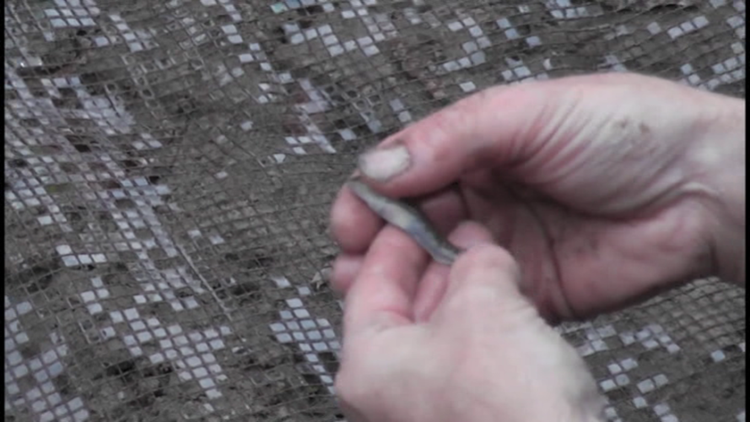TOLEDO, OH (WTOL) - A town hall was held to educate the public on how to prevent invasive species from being introduced into the Great Lakes.
Dr. Andrew Solocha is a professor of Finance at The University of Toledo. His role in the project is to primarily focus on how to keep this from happening in the marketplace.
"What we have in the bait shops right now is, consumers really don't know what they're buying. They think they know what they're buying, and people that operate the bait shops really don't know what they're selling," Solocha said.
Part of the problem is, a lot of the fish being used for bait look alike, especially when they're small. The fisherman are the most important to educate, because they buy the bait and put it into our waters.
This project is being led by Dr. Carol Stepien. Stepien is a UT Distinguished University Professor of Ecology and research division leader at the National Oceanic and Atmospheric Administration (NOAA) Pacific Marine Environmental Laboratory.
"People tend to release their bait if they're not using it, and they think that's a good thing, to like repopulate populations, etc., but, then you may be releasing something that's not native to that ecosystem," She explained.
With new technology, water can be tested to find out what kind of fish have lived there.
Over the past two years, researchers sampled water from bait tanks in 51 bait stores around Lake Erie. They found that 43 percent of the shops sold misidentified species.
"A lot of people don't know this: the common carp, that you can catch fishing anywhere in the Great Lakes or any tributary is actually an invasive species. It's native to Eurasia or Europe and Asia, it's not normally found in the United States. It's been here so long, since the 1800s that we think it's a native species, but it certainly has disrupted many local habitats," Jay Hemdal, General Curator at The Toledo Zoo, and pet trade expert said.
If that's been the case for so long, why should people worry?
"If you go to the Ohio River by Cincinnati and you show them the carp jumping out of the river into their boats and smacking the fisherman in the head, that's a pretty good sign that we don't want that same thing happening in the Great Lakes," Solocha warns.
So what can you do to prevent further introduction of invasive species?
"Never release any live animal to the wild. It's not in the best interest of the individual animal, and it's certainly not good for the ecosystem." Hemdal advised.
In 2016, the U.S. Environmental Protection Agency awarded UT researchers a nearly $500,000 gr ant through the Great Lakes Restoration Initiative for a three-year project to prevent invasive species from entering the Great Lakes through bait shops and pond stores.
Through this initiative, the team is also training students to help with a planned, voluntary "Invasive Free" certification program for retailers.



